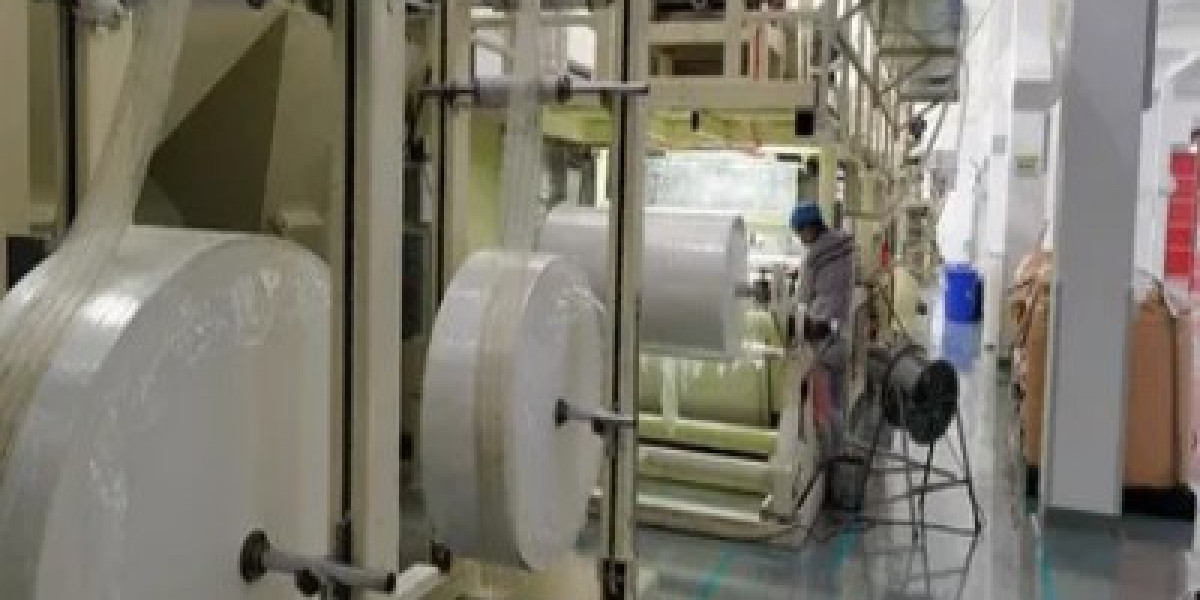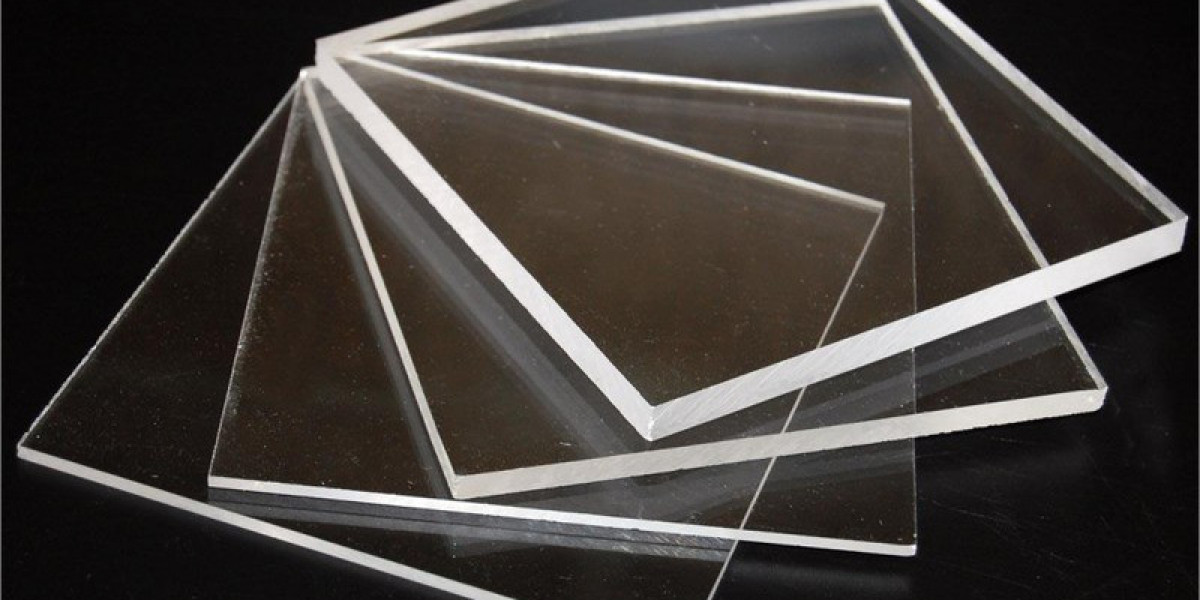Exploring the World of Airlaid Nonwovens and Their Unique Manufacturing Process
Airlaid nonwovens are a fascinating class of materials that have gained significant attention in recent years due to their versatility, performance, and eco-friendly characteristics. These innovative materials are produced through a unique manufacturing process that sets them apart from traditional nonwoven fabrics. The airlaid process involves the use of air to deposit and bond fibers together, creating a web-like structure with excellent absorbency, strength, and dimensional stability.
The manufacturing process of Airlaid Nonwovens begins with the selection of raw materials, which typically include cellulose fibers, such as wood pulp or cotton, and synthetic fibers like polyester or bicomponent fibers. These fibers are first opened and blended to achieve the desired composition and properties. The fiber mixture is then fed into an airlaid machine, where it undergoes a series of steps to form the final nonwoven material.
Inside the airlaid machine, the fibers are dispersed into a forming chamber using high-velocity air streams. This process allows for a uniform distribution of fibers and creates a lofty, three-dimensional structure. The fibers are then deposited onto a moving forming wire or perforated belt, where they interlock and bond together through a combination of mechanical entanglement and the use of binding agents or thermal bonding techniques.
One of the key advantages of the airlaid manufacturing process is its ability to produce nonwovens with excellent absorbency and liquid retention properties. The open structure of airlaid materials allows for rapid liquid uptake and distribution, making them ideal for applications such as feminine hygiene products, adult incontinence products, and baby diapers. Additionally, the airlaid process enables the incorporation of superabsorbent polymers (SAP) into the nonwoven structure, further enhancing its absorbency and fluid management capabilities.
Versatile Applications of Airlaid Nonwovens
Airlaid nonwovens have found widespread use across various industries due to their unique properties and performance advantages. One of the most prominent applications of airlaid materials is in the personal care and hygiene sector. Feminine hygiene products, such as sanitary napkins and panty liners, rely on the exceptional absorbency and softness of airlaid nonwovens to provide comfort and protection for women. Similarly, adult incontinence products and baby diapers utilize airlaid materials to ensure efficient fluid absorption and skin dryness, promoting the well-being of users.
Beyond personal care, airlaid nonwovens have also made significant inroads in the medical and healthcare industry. Their excellent absorbency, softness, and biocompatibility make them suitable for wound dressings, surgical pads, and medical wipes. Airlaid materials provide a gentle and effective solution for managing bodily fluids and promoting healing in various medical applications.
The food packaging industry is another sector where airlaid nonwovens have found valuable applications. The absorbent properties of airlaid materials make them ideal for use in food trays, particularly for packaging meat, poultry, and seafood products. These nonwovens help absorb excess liquids, prevent spoilage, and maintain the freshness and quality of the packaged food items. Additionally, airlaid nonwovens can be used as absorbent pads in fruit and vegetable packaging to extend shelf life and minimize damage during transportation.
Environmental Benefits and Sustainability of Airlaid Nonwovens
In an era where environmental sustainability has become a critical concern, airlaid nonwovens offer several eco-friendly advantages. One of the primary benefits of airlaid materials is their biodegradability. Many airlaid nonwovens are made from natural fibers, such as wood pulp or cotton, which are derived from renewable resources. These fibers can break down naturally in the environment, reducing the ecological impact of disposable products.
Moreover, the airlaid manufacturing process itself is designed to minimize waste and optimize resource efficiency. The high-precision fiber deposition technique used in airlaid production allows for the creation of nonwovens with uniform thickness and density, reducing material waste compared to other manufacturing methods. Additionally, many airlaid nonwoven manufacturers have implemented sustainable practices, such as using recycled fibers, renewable energy sources, and water conservation measures, to further minimize their environmental footprint.
Get more insights on, Airlaid Nonwovens
Read More Articles Related to this Industry- What are the Key Trends and Innovations in the Organic Deodorant Market?
Get This Report in Japanese Language: エアレイド不織布
Get This Report in Korean Language: 에어레이드 부직포
About Author:
Ravina Pandya, Content Writer, has a strong foothold in the market research industry. She specializes in writing well-researched articles from different industries, including food and beverages, information and technology, healthcare, chemical and materials, etc. (https://www.linkedin.com/in/ravina-pandya-1a3984191)










